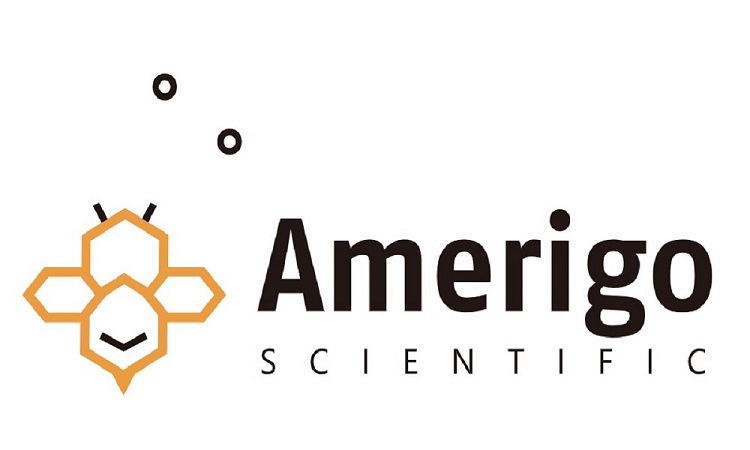Amerigo Scientific
2-Chloroaniline is widely used in polymer, rubber, pharmaceutical and dye industries. Determination of 2-chloroaniline in polymer industrial wastewater has been examined using HPLC with on-line microdialysis. Degradation of 2-chloroaniline in water by ozonation as well as by photolysis (UV-light of 254 nm) and radiolysis (γ-rays) in the presence of ozone has been investigated.
More Information
Supplier Page
Amerigo Scientific
2-Chloroanisole undergoes acetylation with acetic anhydride over large pore zeolites to give 4-acetyl-2-chloroanisole.
More Information
Supplier Page
Amerigo Scientific
2-Chlorobenzaldehyde undergoes alkynylation with phenylacetylene in the presence of catalytic ligands and dimethylzinc at 0°C to form binaphthyl-derived amino alcohols.
More Information
Supplier Page
Amerigo Scientific
2-Chlorobenzaldehyde oxime is also known as o-chlorobenzaldehyde oxime. It can be synthesized by reacting 2-chlorobenzaldehyde and hydroxylamine hydrochloride.
More Information
Supplier Page
Amerigo Scientific
2-Chlorobenzenesulfonamide is a halogenated sulfonamide derivative. It is formed as one of the major degradation product of chlorosulfuron. Crystals of 2-chlorobenzenesulfonamide exhibit monoclinic space group Cc. Its molecules are linked by N1—H11···O1 and N1—H12···O2 hydrogen bonding to form an infinite 3-D molecular network.
More Information
Supplier Page
Amerigo Scientific
2-Chlorobenzimidazole can be synthesized by reacting benzimidazole-2-one with phosphoryl chloride in the presence of phenol.
More Information
Supplier Page
Amerigo Scientific
2-Chlorobenzoic acid degradation by pure cultures of Burkholderia cepacia strain with and without the bacterial hemoglobin gene was studied in parallel membrane bioreactors. Intramolecular hydrogen atom tunneling in 2-chlorobenzoic acid has been studied by low-temperature matrix-isolation infrared spectroscopy.
More Information
Supplier Page
Amerigo Scientific
Thermodynamics of formation of inclusion complex between 2-chlorobenzophenone and cyclomaltoheptaose (β-cyclodextrin) has been investigated by UV-vis spectroscopy and reversed-phase liquid chromatography. 2-Chlorobenzophenone undergoes reduction in the presence of LiAlH4 and (R)-(-)-2-(2-iso-indolinyl)butan-1-ol to afford the corresponding benzhydrols.
More Information
Supplier Page
Amerigo Scientific
2-Chlorobenzoyl chloride reacts with aromatic amines and ammonium thiocyanate using polyethylene glycol-400 as the catalyst under the condition of solid-liquid phase-transfer catalysis to form N-aryl-N′(2-chlorobenzoyl) thioureas. 2-Chlorobenzoyl chloride causes the acylation of polystyrene during the preparation and regeneration of the polystyrene-based resin.
More Information
Supplier Page
Amerigo Scientific
Major urinary metabolites of 2-chlorobenzyl alcohol in rats were 2-chlorohippuric acid, 2-chlorobenzyl cysteine, 2-chlorobenzoic acid and 2-chlorobenzyl glucuronic acid. It is a possible intermediate formed during the metabolism of 2-chloromandelic acid.
More Information
Supplier Page
Amerigo Scientific


